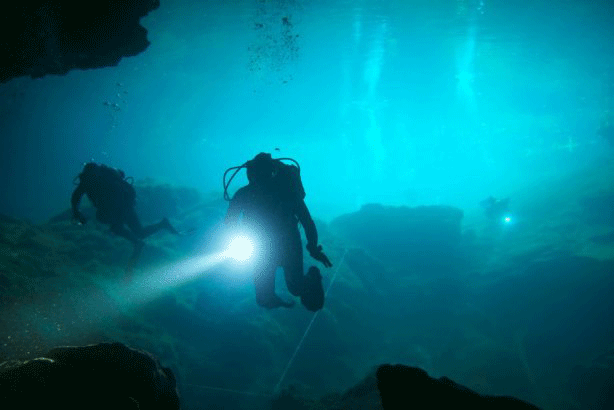Selecting Diving Light for Your Needs
We often hear of advancement in the discoveries of planets and galaxies but less can be said about the mysteries of the ocean. Scientists say only 0.5 percent of the ocean floor has been explored. This is especially appealing if you are a diving enthusiast and long to know more of what the ocean is hiding. For diving experts and beginners alike, it is necessary to have the proper equipment to be able to get down to some water adventures.
The first specialised diving suits appeared in the 18th century, looking rather scary with their pressure-proof barrel but because of their heavy safety design they had to be simplified. The same goes for diving lights, which were basically fixed electric lamps. Later technology brought use of batteries and a smaller and neater design, the focus being on lumen (i.e. visible light) emitted for optimal lighting underwater.

When buying a diving light, due to the large variety, to choose the right underwater diving lights, you have to decide on the time of the day you wish to dive. It is a no-brainer that day is different from night, thus lights differ in this aspect – there are those that are suitable for daytime diving and those that are made for diving at night. Just as with the relation to time of the day, the clarity of water is also important. For diving in the night dark waters or just as little visible gloomy turbid waters, it is best to choose a diving light with a wider beam covering a bigger area, whereas for daylight or clear waters you should opt for a light with less candlepower and a lesser beam.

To avoid any unwanted accidents, knowing the depth of diving is key. This is why different underwater diving lights are designed for different depth. In the case of deep diving, water can cause pressure on the weaker light which can result in breakage. Also, to be on the safe side, you have to make sure to always carry an extra light with you because you never know what might happen (a light or battery can be lost or an unexpected pressure can break one).
Depending on the style and purpose of diving, there are differences in the style of underwater diving lights respectively. For diving where there is not much need of using hands (such as cave diving), the perfect light to use is a canister, while with the more hands-free diving, the best choice are lights that can be worn on the head. Simply put, there are all kinds of underwater diving lights to fit all your needs. Divers nowadays can make the most of their diving thanks to water resistant cameras and photography lights. The Klarus SD80 for example, is ideal for a colourful diving experience based on the advanced LED lights for colour distinction.
If you are into the eco-friendly way of life, you will be delighted to use rechargeable batteries which can be used for a longer period. On the plus side considering the maintenance, the LED and HID bulbs offer easy cleaning. For longer durability pay attention to the cleaning tips and instructions.
Whether you are exploring the Great Barrier Reef, or being part of the vibrant underwater life near Fernando de Noronha, purchasing the right light will make wonders for your diving. You may even be lucky enough to uncover more of the oceans’ secrets and make it to the headlines.








